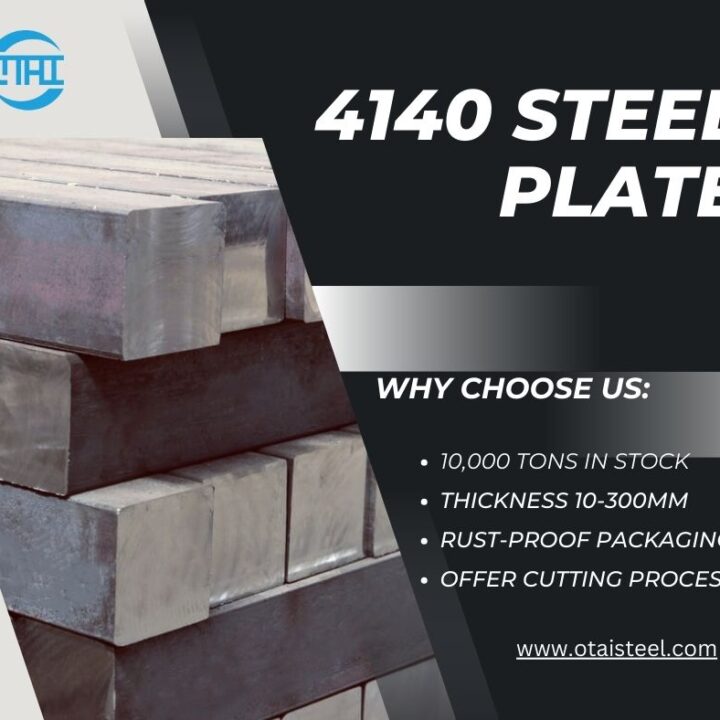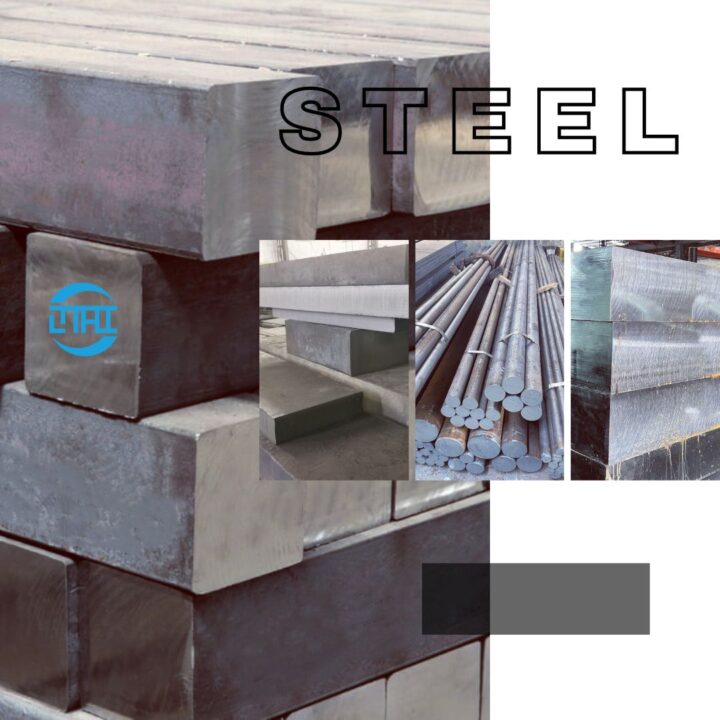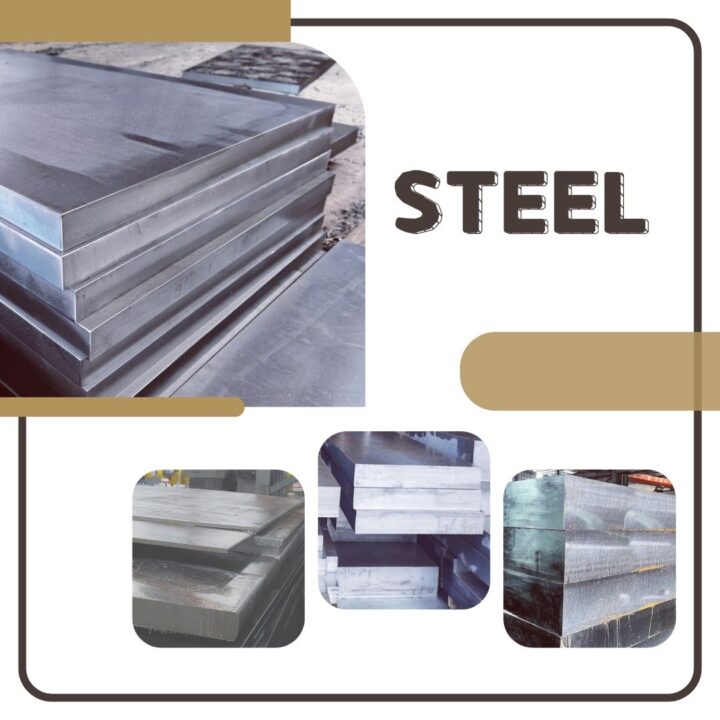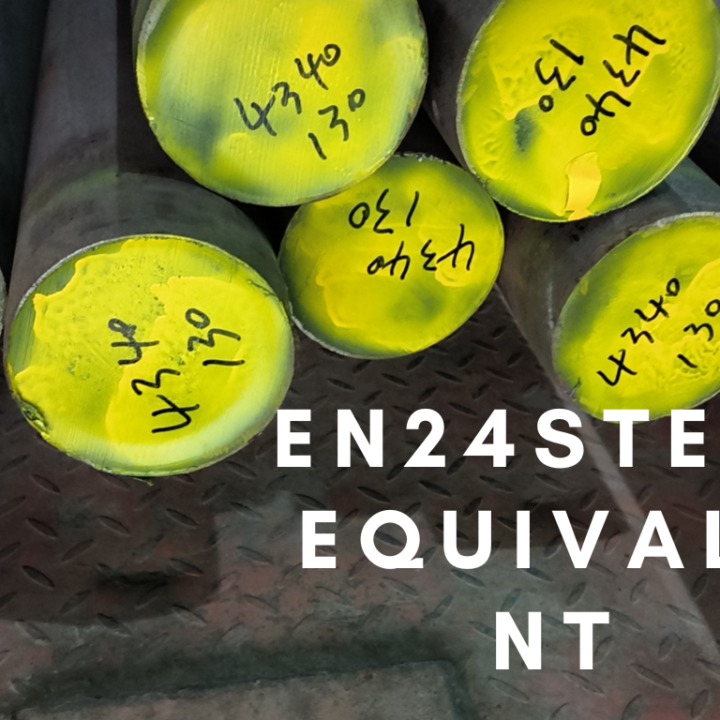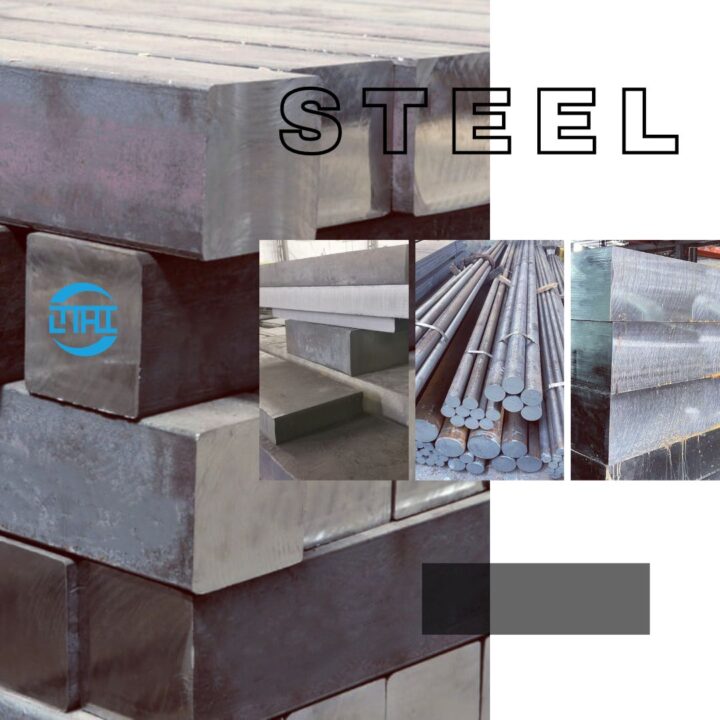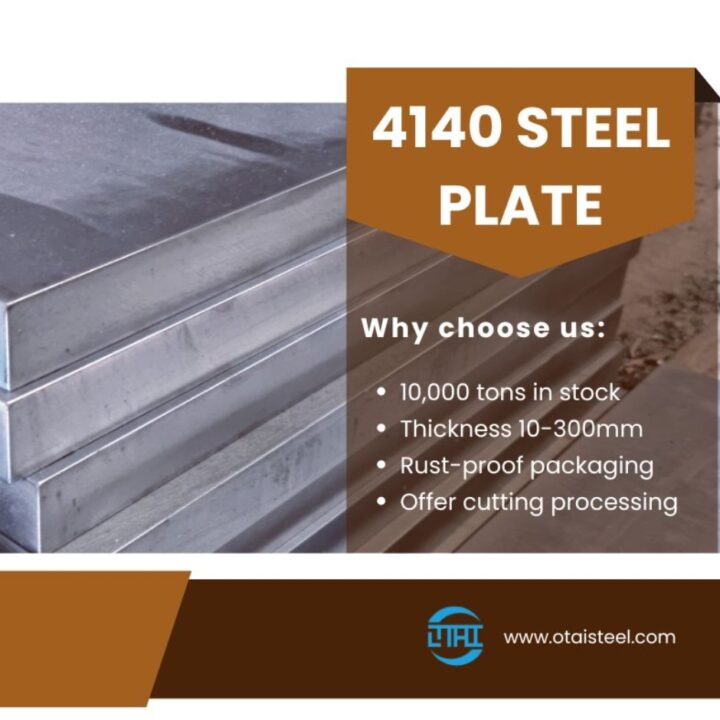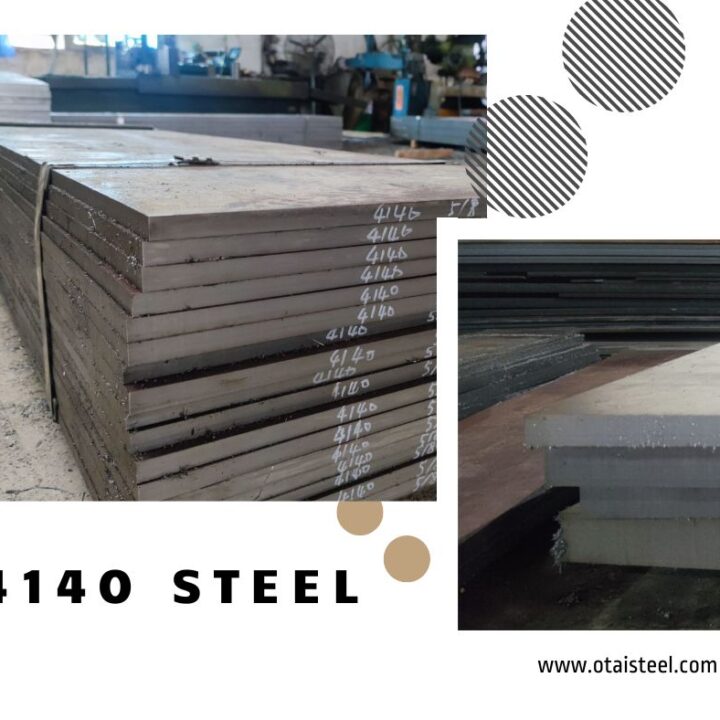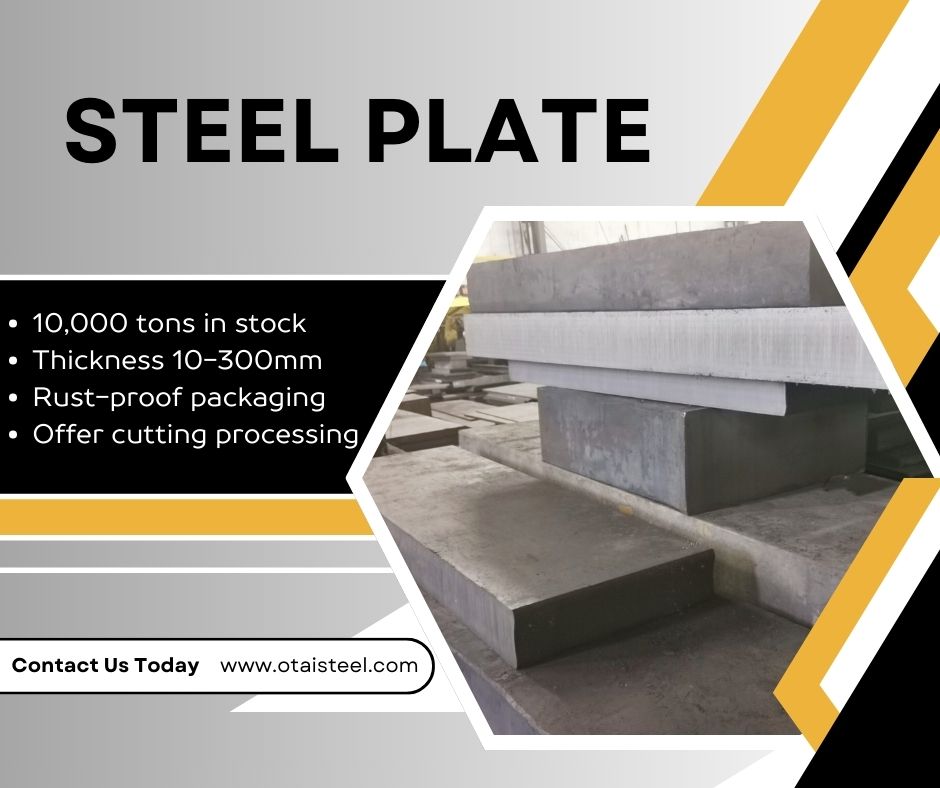 The Impact of 4140 Prehard Plate on Manufacturing
The Impact of 4140 Prehard Plate on Manufacturing
The Evolution of 4140 Alloy Steel
Developed in the early 20th century, 4140 alloy steel was designed to meet the growing need for materials with superior mechanical properties. By integrating chromium and molybdenum, this steel achieves exceptional hardenability, making it suitable for applications requiring high strength and wear resistance. With a composition of 0.40% carbon, 1.00% chromium, and 0.20% molybdenum, 4140 steel is renowned for its durability and strength.
Prehardening Process
Prehardening involves heating 4140 steel to a specific temperature to ensure uniform composition, followed by rapid cooling to form martensite, a hard microstructure. The steel is initially heated to 850-900°C and maintained at this temperature to achieve a consistent structure. It is then quenched to produce martensite, and tempered by reheating to reduce internal stresses and enhance flexibility while retaining hardness.
Versatile Industrial Applications
4140 prehard plate is utilized across various industries due to its reliability. In the automotive sector, it is ideal for precision gears and robust shafts, thanks to its tight tolerances and high stress tolerance. Aerospace applications rely on 4140 steel for crucial components like landing gear, emphasizing strength and reliability. Heavy machinery benefits from its durability in power transmission systems and earthmoving equipment. Additionally, the sports industry uses 4140 steel for high-performance items such as golf clubs and bicycle frames, appreciating its strength-to-weight ratio.
OTAI: Your Partner in Alloy Steel
OTAI stands out as a premier supplier of 4140 alloy steel, known for its extensive inventory and value-added services. The company ensures timely delivery and precise specifications through a robust supply chain. OTAI’s commitment to quality ensures customers receive high-grade 4140 steel tailored to their requirements.
Specifications and Quality Control
OTAI offers 4140 prehard plates in 10-300mm sizes with strict tolerances for thickness, width, and length. Adhering to ASTM A29/A29M standards, each batch undergoes rigorous quality control to maintain high standards.
Precision Machining Techniques
Machining 4140 alloy steel requires specific techniques due to its hardness. Carbide or ceramic tools are recommended for their durability and wear resistance. Utilizing appropriate cutting parameters, such as optimal feed rates and cutting speeds, is essential for achieving a precise finish and minimizing tool wear.
Innovations and Future Prospects
Advancements in material science are expanding the applications of 4140 prehard plate. OTAI is at the forefront of exploring new uses and enhancing existing processes to improve the performance and efficiency of 4140 steel, aligning with evolving industry needs.
Customer Success Stories
OTAI’s dedication to quality is reflected in customer success stories. For instance, an automotive manufacturer saw improved production efficiency and cost savings after adopting OTAI’s 4140 prehard plate. A machinery company noted that the consistent quality and hardness of OTAI’s steel led to more reliable, longer-lasting equipment.
Conclusion
4140 prehard plate is integral to engineering, offering notable strength, hardness, and versatility. With ongoing advancements in material science, OTAI is committed to delivering top-quality 4140 steel plates to meet diverse market demands. The company’s focus on quality and innovation ensures that 4140 alloy steel remains a vital component across various industries.
